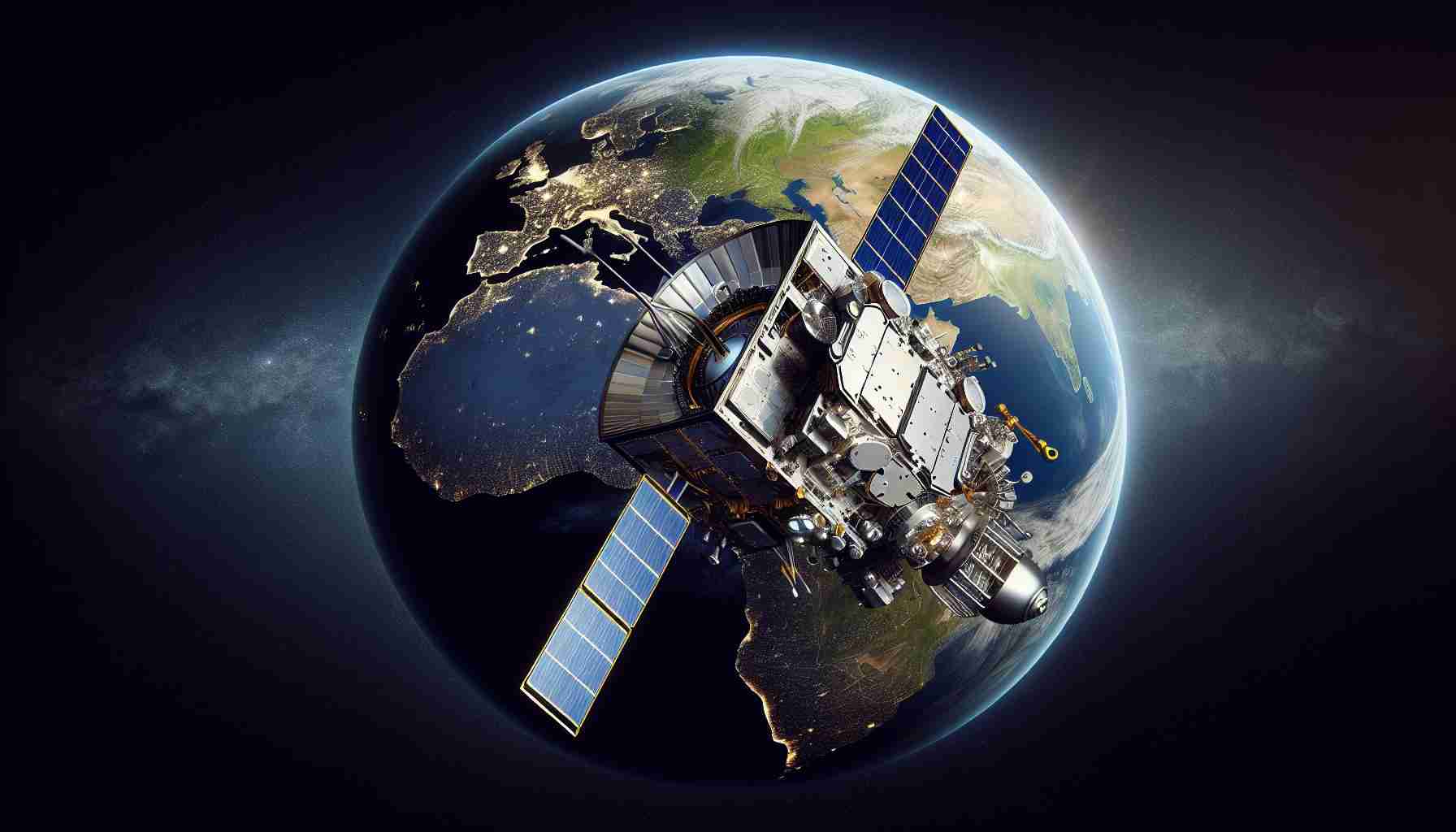Discover what the future holds for our planet with the upcoming launch of NISAR. Set to revolutionize Earth observation, this innovative satellite is a collaboration between NASA and ISRO, scheduled for launch in March 2025.
NISAR, a satellite weighing 2.8 tonnes and costing ₹5,000 crores, will embark on its mission from the Satish Dhawan Space Centre in Sriharikota, India, soaring into a sun-synchronous orbit at an altitude of 747 kilometers. This groundbreaking mission, conceived in 2009, marks a significant milestone in the longstanding partnership between the two space agencies, building upon a decade of collaborative advancements.
Equipped with cutting-edge Synthetic Aperture Radar (SAR) technology, NISAR will provide unparalleled imaging capabilities. Unlike conventional satellites, NISAR can operate through darkness and adverse weather, enabling it to gather critical data from nearly every part of the Earth’s surface twice every 12 days. By incorporating dual-frequency radars, NISAR balances comprehensive penetration and high-resolution imaging, boasting a remarkable 240-km swath width with an impressive 10-meter resolution.
NISAR’s applications are expansive—ranging from enhanced climate studies and disaster response to infrastructure monitoring and geological assessments. The satellite is expected to produce an astonishing 26 terabits of data each day, providing invaluable insights for scientists and policymakers alike. Despite earlier technical obstacles, the NISAR mission is poised for a successful launch, heralding a new era in Earth observation technology.
Unlocking Earth’s Secrets: The Groundbreaking NISAR Satellite Launch
The Future of Earth Observation: NISAR
Set to debut in March 2025, the NISAR (NASA-ISRO Synthetic Aperture Radar) satellite is heralded as a game-changer for Earth observation. This innovative collaboration between NASA and the Indian Space Research Organisation (ISRO) represents a culmination of years of research and technological advancements in space exploration.
Key Specifications and Features
NISAR is not just another satellite; it is a sophisticated tool designed to monitor our planet with exceptional precision. Here are some key specifications and features:
– Weight: 2.8 tonnes
– Cost: Approximately ₹5,000 crores
– Launch Site: Satish Dhawan Space Centre, Sriharikota, India
– Orbit: Sun-synchronous orbit at 747 kilometers
– Imaging Technology: Synthetic Aperture Radar (SAR), which enables imaging in all lighting and weather conditions.
– Data Collection: NISAR will provide data from nearly every part of the Earth’s surface twice every 12 days.
– Dual-Frequency Radar: The combination of L-band and S-band frequencies allows NISAR to balance high-resolution imagery with deeper surface penetration.
– Swath Width: A remarkable 240 kilometers wide, giving a broad overview with impressive detail at a resolution of 10 meters.
Applications and Use Cases
NISAR will enable a wide array of applications that will be vital for scientific communities and policy-making:
– Climate Monitoring: Tracking changes in Earth’s climate and contributing to advanced climate models.
– Disaster Response: Facilitating rapid assessment and responding to natural disasters such as earthquakes, hurricanes, and floods.
– Infrastructure Monitoring: Keeping an eye on structural integrity and changes in urban environments.
– Geological Assessments: Providing insights into geological activities, which is crucial for understanding tectonic activity.
Data Insights and Innovations
The satellite is anticipated to generate an astonishing 26 terabits of data every day. This wealth of information will empower scientists, researchers, and governments to make informed decisions regarding environmental policy, resource management, and disaster preparedness.
Benefits and Limitations
Pros:
– Cutting-Edge Technology: NISAR’s advanced SAR technology allows for detailed monitoring regardless of weather conditions.
– Collaborative Effort: Leverages the expertise and technology from both NASA and ISRO, enhancing the global capability in Earth observation.
– Timely Data: Near real-time data will support urgent decision-making in various sectors.
Cons:
– High Cost: The project’s budget is substantial, which raises questions about long-term sustainability and funding.
– Complex Data Interpretation: The sheer volume of data may require robust analytical frameworks and expertise to be fully utilized.
Security and Sustainability Aspects
As with any advanced technology, considerations surrounding data security and environmental impact are paramount. NISAR’s operational protocols will focus on maintaining user privacy and securing sensitive data while contributing to sustainable practices by monitoring environmental changes and supporting disaster mitigation.
Market Insights and Trends
With the increasing urgency of climate change and natural disaster management, the demand for advanced Earth observation satellites is on the rise. Agencies and organizations worldwide are investing significantly in technologies that provide comprehensive environmental insights, and NISAR is at the forefront of this trend.
For more information on the evolving landscape of Earth observation technologies, visit NASA and ISRO.
Conclusion
The NISAR satellite promises to usher in a new era of Earth observation, expanding our understanding of the planet and enhancing our capacity to respond to various challenges. As March 2025 approaches, the scientific community eagerly anticipates the invaluable contributions that NISAR will bring to global Earth monitoring efforts.



















